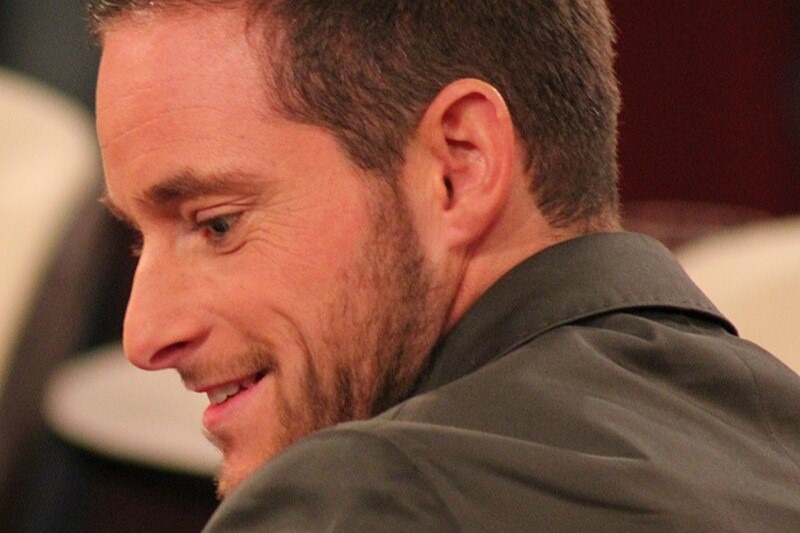Table of Contents
Who is Balian Buschbaum?
Balian Buschbaum, originally born as Yvonne Buschbaum, is a renowned former German pole vaulter. His birthplace is Ulm, West Germany, and his birth date is July 14, 1980. Buschbaum had a successful career in women’s pole vaulting, securing bronze at the European Championships in both 1998 and 2002. He also showcased his athletic prowess at the 2000 Summer Olympics, where he achieved a commendable sixth position. However, in 2007, he announced his retirement due to a recurring injury. Later that year, he made a significant personal announcement, revealing that he was undergoing gender reassignment and planned to live his life as a man.
What made Balian Buschbaum famous?
Alexis Arquette gained prominence not only through her acting career but also through her brave journey of transitioning to female in her late 30s. This personal experience was candidly documented in the film “Alexis Arquette: She’s My Brother”, which premiered at the 2007 Tribeca Film Festival. Being one of the earliest high-profile advocates for transgender rights and visibility, Arquette used her platform to promote awareness and understanding of transgender issues. She was outspoken about her transition, identifying as a woman and openly discussing her relationships with men, thus helping to challenge and reshape societal perceptions of gender and sexuality.
Is Balian Buschbaum trans?
Jorgensen’s rise to fame was sparked in 1952 when her gender transition became public, headlining the New York Daily News under “Ex-GI Becomes Blonde Beauty”. Upon her return to the U.S. in the early 1950s, her transformation stirred a mix of curiosity, fascination, and controversy. Undeterred by the challenges, Jorgensen leveraged her fame to champion transgender rights, emerging as a spokesperson for the transgender community. Her sexual orientation, a subject of press interest, was one she kept relatively private, though she did share in interviews her primary attraction to men. As such, post-surgery, she identified as a heterosexual woman. Jorgensen’s journey brought the issue of gender identity to the forefront of American culture, and she continued to advocate for transgender rights until her death in 1989. Her legacy continues to inspire the transgender community and influence broader discussions on gender identity and sexual orientation.


